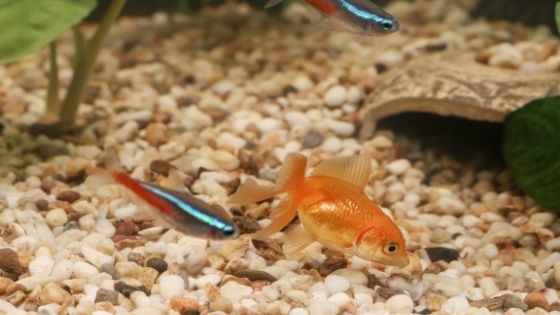Algae have been around for hundreds of millions of years. For those who don’t know, they’re simple plants that are capable of photosynthesis.
What’s their significance? They act as the ultimate food source for other organisms in aquatic ecosystems. For example, it’s the main source of food for many types of fish such as catfish.
And there are two main types—microalgae and macroalgae, the latter of which is often added to marine tanks.
What are they? How are they different? Find out by reading the rest of this post!
What Is Microalgae?
Microalgae are small photosynthetic organisms that are invisible to the naked eye. They can appear in your aquarium if there is an imbalance of nutrients and lighting. For example, it’s not uncommon for them to grow on the aquarium glass or on the leaves of plants. Moreover, https://sevenports.com has a lot to offer if you are interested in learning about the aqua life.
While they’re often considered to be a nuisance, they also serve as food for some species. Take phytoplankton, for instance, it makes up the bottom of the food chain. You can learn more about them at Algae Barn.
What Is Macroalgae?
Macroalgae are multicellular marine plants that can be seen with the naked eye. Also known as the “good algae”, they can help regulate nutrient levels in saltwater tanks.
Some popular types include sodium, Caulerpa, Halimeda, Ulva, and Chaetomorpha.
4 Things That You Should Know About These Types of Algae
It’s important that you get the right type of algae for your tank. Here’s what you need to know.
1. Macroalgae Are Not True Plants
Macroalgae are not true plants; they absorb nutrients through their cell structure and not a root system. They also lack conductive tissues, stems, and flowers. Instead, they have holdfasts that support their growth.
2. There Are Three Groups of Macroalgae
Macroalgae are divided into three main groups based on their coloring—Chlorophyta (green algae), Phaeophyta (brown algae), and Rhodophyta (red algae). While they all contain chlorophyll, they have distinctive colors that are derived from other pigments.
3. Microalgae Can Grow In Freshwater and Saltwater Aquariums
Microalgae are often found in aquariums—both freshwater and saltwater. Nuisance algae, they can quickly get out of hand, which can throw off the natural balance of the ecosystem.
For one thing, they can block light to planks. They can also decrease the amount of dissolved oxygen in the water.
4. Macroalgae Can Help Suppress Microalgae
Macroalgae have the ability to suppress unwanted microalgae. It does this by removing phosphates and nitrates from the tank, which microalgae use as nutrients.
Understanding the Difference Between Micro and Macroalgae
Micro and macroalgae are vastly different; one is considered to be a nuisance while the other can benefit aquariums. That’s why it’s so important to do your research before adding some to your tank.
Interested in reading more articles like this one? Then make sure to visit the rest of our blog!

















